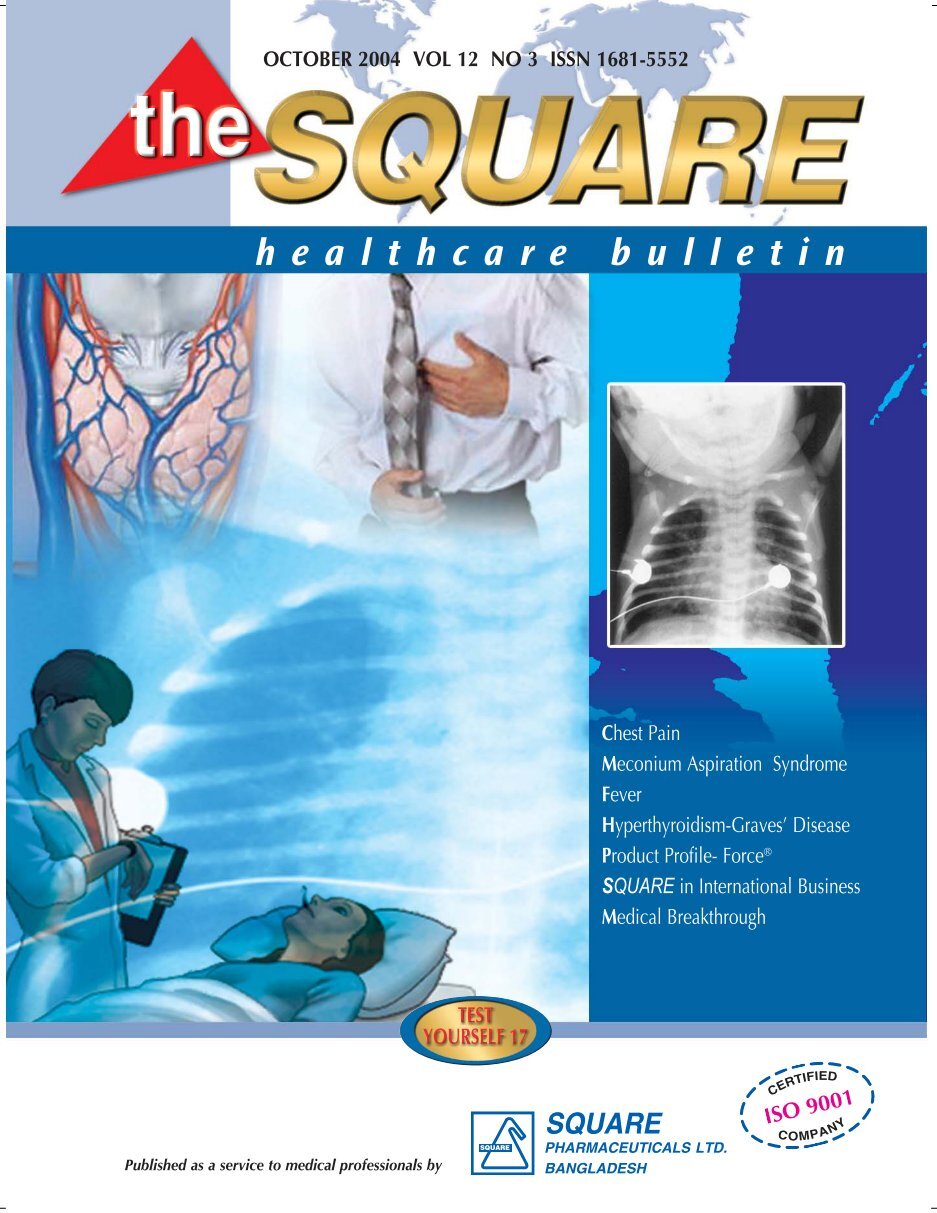Understanding the Causes of Bleeding in the Upper and Lower Gastrointestinal Tract

Introduction:
Bleeding in the gastrointestinal (GI) tract can arise from various sources and locations within the digestive system. It can be classified into upper gastrointestinal bleeding (UGIB) and lower gastrointestinal bleeding (LGIB), depending on the site of origin. Identifying the underlying cause of GI bleeding is crucial for appropriate diagnosis and management. In this article, we will explore the common causes of bleeding in the upper and lower GI tract, their symptoms, and potential treatment approaches.
I. Upper Gastrointestinal Bleeding (UGIB):
UGIB refers to bleeding that occurs in the upper part of the GI tract, which includes the esophagus, stomach, and the first portion of the small intestine (duodenum).
- Peptic Ulcers: Peptic ulcers, including gastric ulcers and duodenal ulcers, are a common cause of UGIB. These ulcers develop in the lining of the stomach or duodenum due to the erosion of the protective mucosal layer, often as a result of Helicobacter pylori infection or the use of nonsteroidal anti-inflammatory drugs (NSAIDs).
- Esophageal Varices: Esophageal varices are enlarged and swollen blood vessels in the lower part of the esophagus. They usually occur in individuals with liver disease, such as cirrhosis. When these varices rupture, they can cause severe UGIB and necessitate immediate medical attention.
- Mallory-Weiss Tears: Mallory-Weiss tears are lacerations that occur in the lining of the esophagus. They are typically caused by severe vomiting or retching, often associated with alcohol use or eating disorders. These tears can lead to UGIB.
- Gastrointestinal Tumors: Certain tumors, such as gastric or esophageal cancer, can cause UGIB. These tumors may erode blood vessels in the upper GI tract, leading to bleeding.

II. Lower Gastrointestinal Bleeding (LGIB):
LGIB refers to bleeding that originates in the lower part of the GI tract, including the colon, rectum, and anus.
- Diverticulosis: Diverticulosis is a condition characterized by the presence of small pouches (diverticula) in the colon. When these diverticula become inflamed or rupture, they can cause LGIB.
- Colorectal Polyps: Colorectal polyps are abnormal growths in the colon or rectum. While most polyps are benign, some may become cancerous and cause LGIB. It is important to detect and remove polyps during routine screenings to prevent complications.
- Inflammatory Bowel Disease (IBD): Chronic conditions like ulcerative colitis and Crohn’s disease, collectively known as inflammatory bowel disease, can cause inflammation and ulceration in the colon and rectum, leading to LGIB.
- Anal Fissures and Hemorrhoids: Anal fissures are small tears in the lining of the anus, often caused by constipation or trauma during bowel movements. Hemorrhoids, swollen blood vessels in the rectum or anus, can also cause LGIB when they bleed.

Conclusion:
Bleeding in the gastrointestinal tract can have various causes, depending on whether it originates in the upper or lower GI tract. Peptic ulcers, esophageal varices, Mallory-Weiss tears, and gastrointestinal tumors are common culprits of upper gastrointestinal bleeding. On the other hand, diverticulosis, colorectal polyps, inflammatory bowel disease, anal fissures, and hemorrhoids are frequent causes of lower gastrointestinal bleeding. Prompt evaluation and appropriate treatment are essential to identify the underlying cause and provide effective management for patients experiencing GI bleeding. If you suspect GI bleeding, it is important to consult with a healthcare professional for accurate diagnosis and personalized care.













